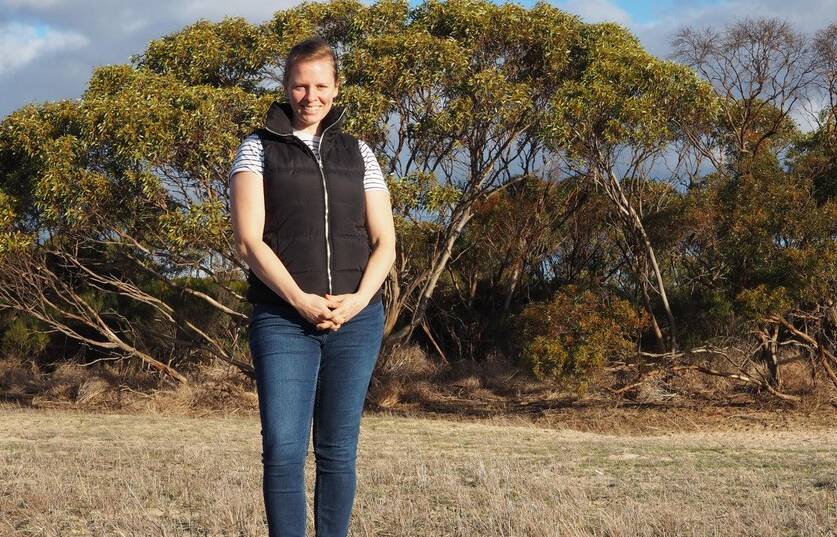Syngenta Australia and Landcare announce first project to improve on-farm biodiversity

This is branded content for Syngenta Australia.
Syngenta Australia and Landcare Australia have announced a South Australian based project to enhance on-farm biodiversity.
Delivered in conjunction with the Goolwa to Wellington Local Action Planning Association (GWLAP) and the local community, the Syngenta Enhancing Biodiversity Project is managed by Landcare Australia and aims to restore and reconstruct habitat, helping to provide a landscape link between Monarto Conservation Park and Ferries McDonald Conservation Park.
With approximately 30 hectares of cropping scheduled for this season on her Monarto South farm, Michelle McMahon, on hearing of the funding success said: "This revegetation will help increase on-farm biodiversity, provide shelter for animals and attract beneficial insects and pollinators for our own, and the adjoining cropping areas of the Monarto South area."
The project will also improve the long-term sustainability of this cropping region, increase regional pollination services and improve the overall connectivity of the landscape, while also increasing habitat availability for native wildlife.
Ben Simon, Senior Project Officer, Biodiversity Programs for the GWLAP said: "With over 22,750 trees, shrubs and groundcovers being planted, this is a major project for the Monarto South area and will buffer and link important habitat currently supporting regionally significant flora and fauna species."
The project builds on previous restoration efforts in the area, linking 1,306 hectares of established conservation areas, and aims to create biodiverse habitats buffering existing bushland currently supporting threatened flora and fauna species including; Caladenia colorata (Coloured spider orchid), Acacia rhetinocarpa (Resin wattle), Olearia pannosa ssp pannosa (Silver daisy bush) and the iconic Mallee Fowl (Leipoa ocellata).
Syngenta Australia's Managing Director, Paul Luxton said this was the first of two projects that will improve biodiversity on underutilised or less productive pockets of agricultural land.
"The benefits of improving diversity for nearby cropping areas are well known and we are proud of our partnership with Landcare Australia that makes this project possible," he said.
"We have long worked with farmers to increase soil health and biodiversity and sustainability is a part of our business model, not just an add-on. That's why we've been working to improve the sustainability of agriculture since 2013 with our Good Growth Plan."
The Syngenta Enhancing Biodiversity Project, managed by Landcare Australia, aligns with Syngenta's 2020-2025 Good Growth Plan, which aims to support farmers to combat the impacts of climate change and enhance biodiversity for a more productive agricultural industry.
"This project is a practical way to help local wildlife and biodiversity conservation while supporting productivity and more sustainable outcomes for the farmer," said Dr Shane Norrish, Landcare Australia CEO.
As part of the project, an online best management practice toolkit will be developed to provide farmers access to up-to-date, quality information on how to improve biodiversity on farm across Australia.
This is branded content for Syngenta Australia.


